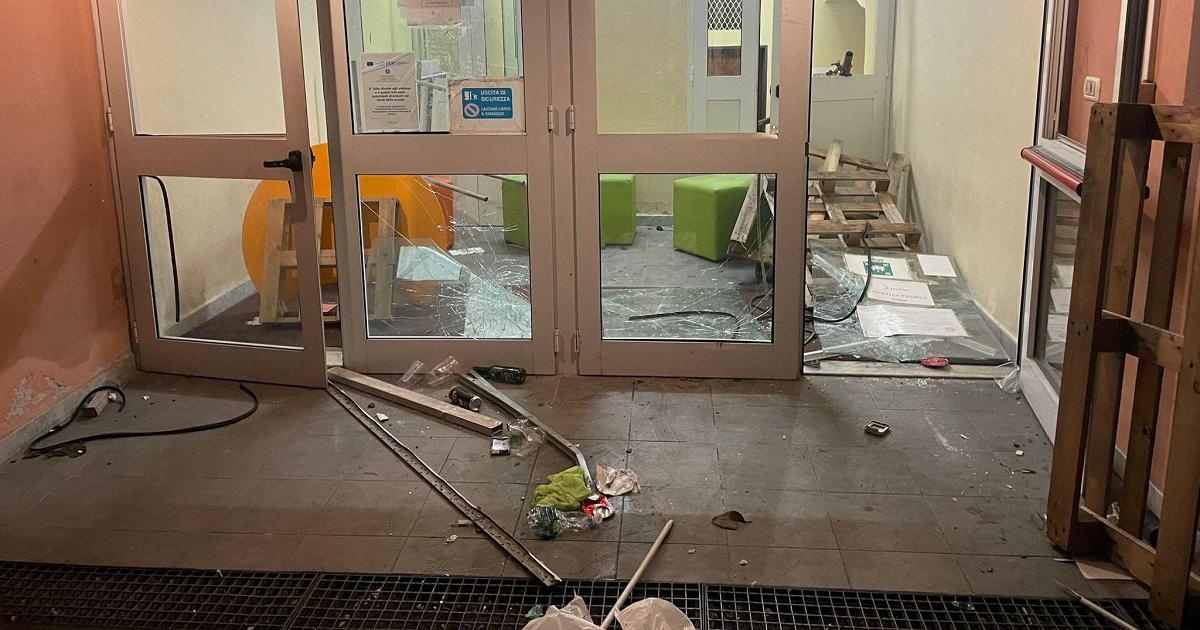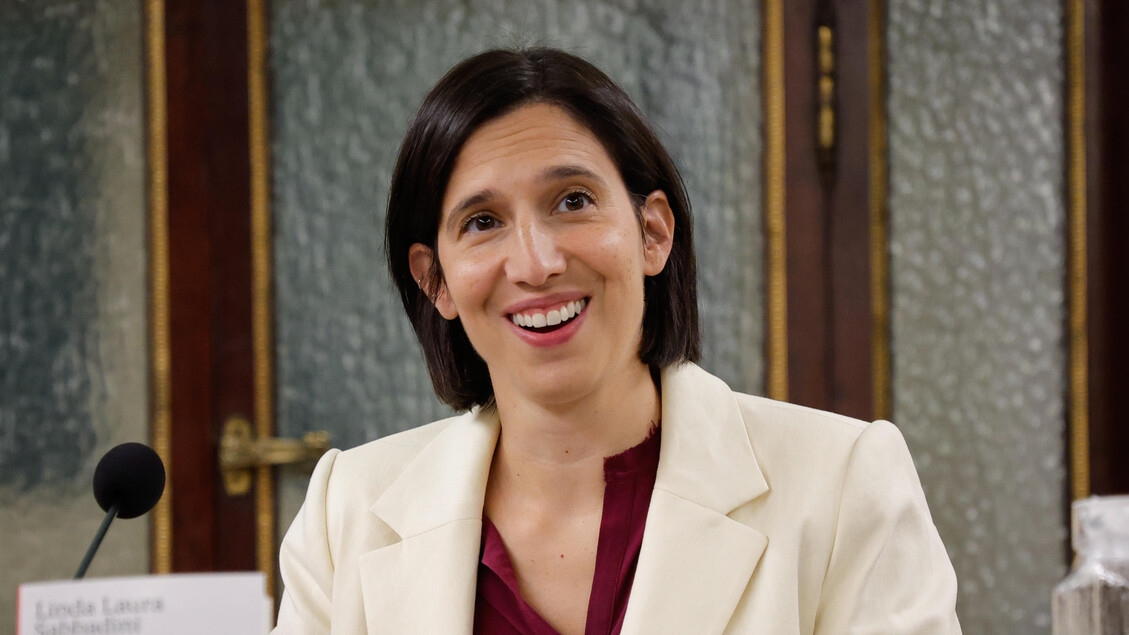Gramsci and the daffodils of Erba, the clandestine meetings of the first PCI with Togliatti and Terracini among the flowers

Erba (Como) – It's Sunday , and the mountains are already crowded with hikers. After leaving the Brunate funicular station, trying not to be recognized, Antonio Gramsci sets off along the ridge of the Larian Triangle , which overlooks the Como branch of Lake Como on one side, with the Alps in the background, and the lakes of Alta Brianza and the Po Valley on the other, stretching as far as the eye can see to the south. He's a good walker, and with him are Palmiro Togliatti, a dozen members of the Communist Party's central committee, including Umberto Terracini and Luigi Longo, and about fifty leaders.
They tackle the trail leading to Mount Boletto, then Mount Bolettone, descending through beech forests to the Lemna Pass , and arrive behind the Capanna Mara hut at an altitude of 1,000 meters. They pose as employees of a Milanese company on a social outing, sing hymns to Mussolini to fully enact the comedy, and gather in the meadows around the refuge.
It's May 18, 1924, and fascist violence is at its peak . Gramsci has just returned from Russia, via Vienna, and decides it's time to "count himself" and launch an alternative political line to overcome the divisions within the Communist Party, founded only three years earlier in Livorno, in an Italy that had not yet fallen to fascism. He chooses the Como Prealps and the Mara, a place considered safe.
" Meetings held in beautiful valleys white with daffodils," Gramsci wrote to his wife Giulia. The presence of the man who would soon become the general secretary of the Italian Communist Party is linked to three episodes, the last on May 11, 1926. Few traces remained of what happened in the meadows around the refuge overlooking the Caino Valley, with its famous Buco del Piombo, and at the table in front of the fireplace.
For many years , news of those clandestine meetings was forgotten or remembered only in the tales of former militants. Gramsci's presence at the Mara became almost legendary. It is thanks to the meticulous work of Manuel Guzzon that, a hundred years later, the testimonies of the leaders and militants who attended the meetings, along with some now-lost publications, are brought together for the first time to tell a nearly forgotten story. This is done in the recently published book "L'ultima rientrata" (Manzoni Editore) .

Guzzon, why did you choose Capanna Mara?
The managers were considered trustworthy because they were sympathizers. It was 1924, the first Mussolini government had already taken office, and to avoid arousing suspicion, the Communist Party leaders played the charade of a company outing. The Como area has always had a fundamental connection with Switzerland, where documents could be produced and disappeared if necessary. There's a common thread connecting the Risorgimento, the 1920s, and the Resistance in these places. And then there's the figure of Anita Pusterla, a worker from Como who worked for the party, the first female communist convicted by the special tribunal. She played an important role as "technical staff" in 1924. She organized the arrival of the leaders in Como, who were accompanied by a funicular and then along the paths to the Capanna Mara mountain hut.
What importance did those clandestine meetings have?
"May 1924 was the Party's first national conference. It was the first time Gramsci attempted to dismantle Bordiga's stance—that of a closed, sectarian party. He wanted to transform it into a mass party, more connected to society. But it went badly, Gramsci was defeated, but that attempt nonetheless shaped the future of what would become the strongest communist party in the West."
May 11, 1926 was the last time at Mara, what happened?
There were several meetings between 1924 and 1926, as evidenced by the testimonies of militants and leaders of the time, which I am publishing. Some had been published in the newspaper "Stato operaio." On May 11, 1926, several leaders were already at the Mara when Giacinto Menotti Serrati died of a heart attack while climbing along a longer route. He had started from Canzo. Panic broke out. Serrati's disappearance caused the Capanna Mara to be burned as a safe house, and the most interesting thing, as Umberto Terracini testifies, is that Mussolini intervened personally, unleashing the fascist police on the paths of the Larian Triangle. "What was a prominent figure like Serrati doing on those paths?" After the 26th, the Capanna Mara was no longer used for meetings, but those same paths and woods, after the autumn of 1943, were traversed by partisans, and the huts were used as a support base for the Resistance.
Il Giorno





